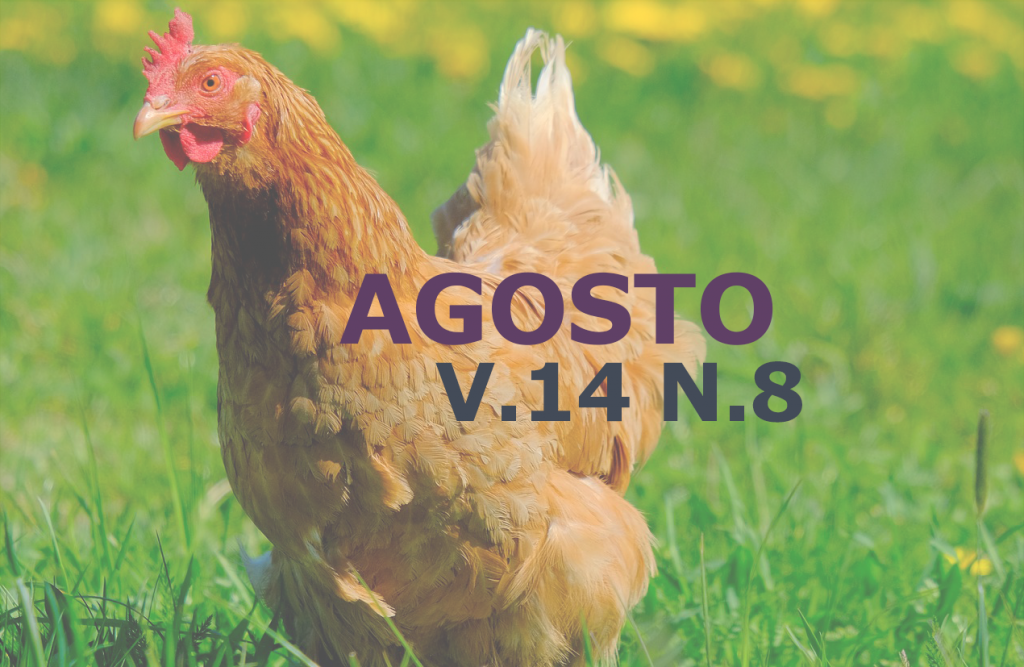Detection of anti-Neospora caninum antibodies in dairy cattle in the microregion of Patos de Minas, Minas Gerais
DOI:
https://doi.org/10.31533/pubvet.v14n8a624.1-9Keywords:
bovine culture, reproductive diseases, neosporosisAbstract
Neosporosis is considered one of the main diseases causing abortion, generating reproductive failures in the cattle herd. Present study aimed to determine the presence of anti-Neospora caninum antibodies in cattle from dairy herds from the Patos de Minas microregion, Minas Gerais (MG), as well as to determine risk factors. A total of 110 blood serum samples were collected from 10 distinct rural properties, and 11 cattle/property with diagnosis based on serology by Enzyme-Linked Immunosorbent Assay (ELISA) were sampled. The statistical analysis used was descriptive, using absolute and relative frequencies, using a nonparametric Odds Ratio test for two independent samples to determine risk factors, considering a significance level of 5%, with selection of possible risk factors by employment an epidemiological questionnaire. Occurrence of 28.18% (31/110) was determined. Evaluated cows that exhibited a history of abortion were 12.66 times more likely to be serum reagents for Neospora caninum (p<0.0001). Unobserved aborted fetus (P = 0.0028) and crossbred cattle (P = 0.038) were also considered risk factors for the disease. Due to treat of a reproductive disease that has an impact on Brazilian cattle, with a relevant occurrence detected (28.2%) in the microregion of Patos de Minas, MG, attention is made to the need for epidemiological surveys aimed at identifying sero-reactive animals and possible risk factors, in order to establish measures of prophylaxis and control of neosporosis.
Downloads
Published
Issue
Section
License
Copyright (c) 2020 Luis Fernando Faria Coury, Brendhal Almeida Silva, Maria Paula Lima Reis, Andresa dos Santos Veras, Nadia Grandi Bombonato, Mariana Assunção de Souza, Renata Lima de Miranda, Jacqueline Ribeiro de Castro

This work is licensed under a Creative Commons Attribution 4.0 International License.
Você tem o direito de:
Compartilhar — copiar e redistribuir o material em qualquer suporte ou formato
Adaptar — remixar, transformar, e criar a partir do material para qualquer fim, mesmo que comercial.
O licenciante não pode revogar estes direitos desde que você respeite os termos da licença. De acordo com os termos seguintes:
Atribuição
— Você deve dar o crédito apropriado, prover um link para a licença e indicar se mudanças foram feitas. Você deve fazê-lo em qualquer circunstância razoável, mas de nenhuma maneira que sugira que o licenciante apoia você ou o seu uso. Sem restrições adicionais
— Você não pode aplicar termos jurídicos ou medidas de caráter tecnológico que restrinjam legalmente outros de fazerem algo que a licença permita.





